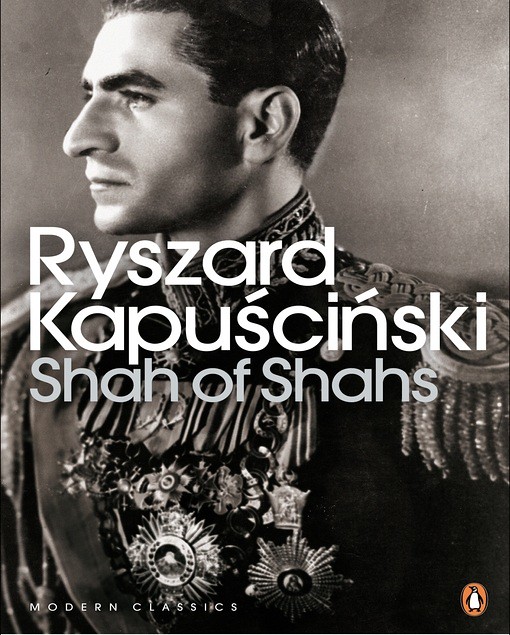By Shaik Zakeer Hussain, TwoCircles.net,
There is a customary semblance in all dictators: they are authoritarian, they command total submission, their rule is tyrannical and they have little, or worse, no concern for the miserable conditions of their people. The population is starving, there is rampant unemployment, corruption at all levels of government. There is drudgery, there is pain, there is humiliation, there is everything in society, that makes a man lose his sanity.
Then there is a semblance in all revolutions: the people have endured all this for too long. They are now divided into two groups, the first one is the common man, he or she is the one, who hates the system the most, it is from this group that the dictator finds his prisoners; political dissidents, trade unionists, academics, poets, writers and militants. Lock them all up, torture their sympathizers, make their family and friends go disappear, fill their hearts with terror.

The second group is the associates of the dictator; they are his family, friends, the members of the regime, the police, the military, the bureaucracy, the secret police and all other partners in crime, let’s share a dime, low lives on earth.
And then there is that sublime moment of mad outburst; the moment of freedom, the moment, when man thinks of nothing else but, his dignity, the shattering of glasses, the breaking of shackles, people pouring out on streets, their cries, beating of the chests, the slogans, the firing of volleys of tear gas.
That’s the beginning and the end of a dictator. That’s how Pharaoh lost to God, Moses and his people, that’s how Ben Ali, Gaddafi and Mubarak fell and that’s how the reign of ‘Shah of Shahs’ Mohammad Reza Shah Pahlavi came to an end.
In Shah of Shahs, the ever intriguing Polish journalist Ryszard Kapuscinski, gives us the narrative of how, why and what of the Iranian revolution. It is both an historical account and a personal memoir, told in the author’s inimitable style of that nation’s ‘tryst with destiny’.
It is an interesting time to read this book, wherein one can easily draw parallels to what happened in Iran, during those tumultuous days, to what’s happening now in Syria and Egypt. There is no difference, either in the unbending desire of the oppressed to resist or in the stubbornness of the despots to continue their oppression.
These lines of Kapuscinski, summarizes such oppression at its best:
“Seldom does a people live through such moments! But just then the sense of victory seemed natural and justified. The Shah’s Great Civilization lay in ruins. What had it been in essence? A rejected transplant. It had been an attempt to impose a certain model of life on a community attached to entirely different traditions and values. It was forced, an operation that had more to do with surgical success in itself than with the question of whether the patient remained alive – or equally important – remained himself.”

